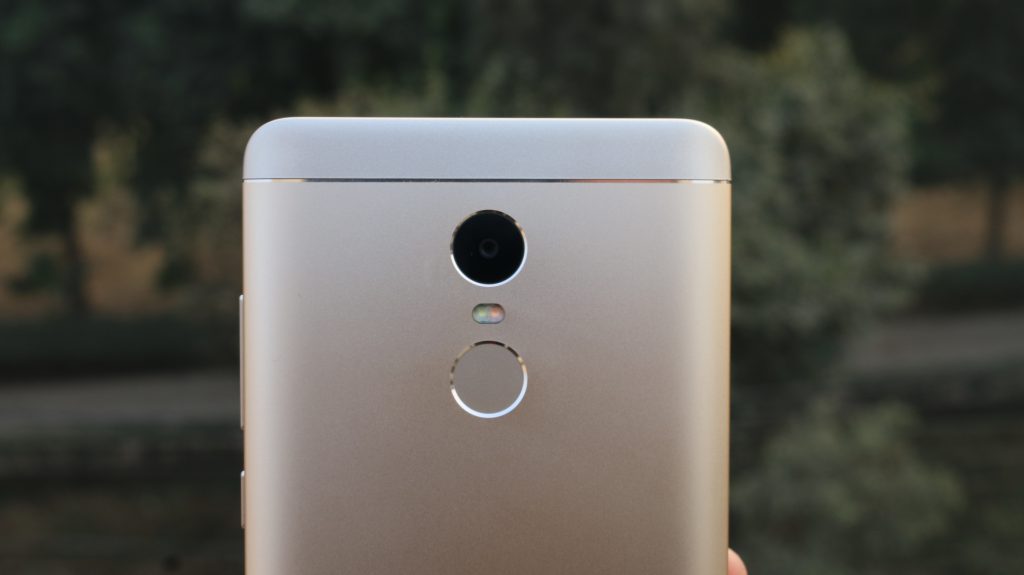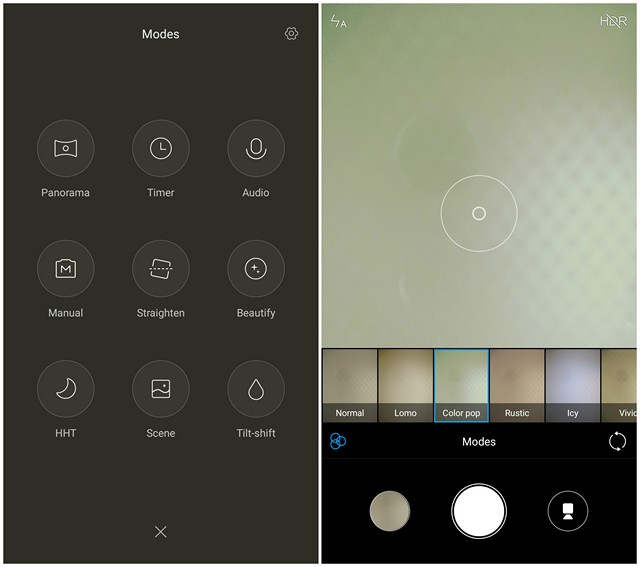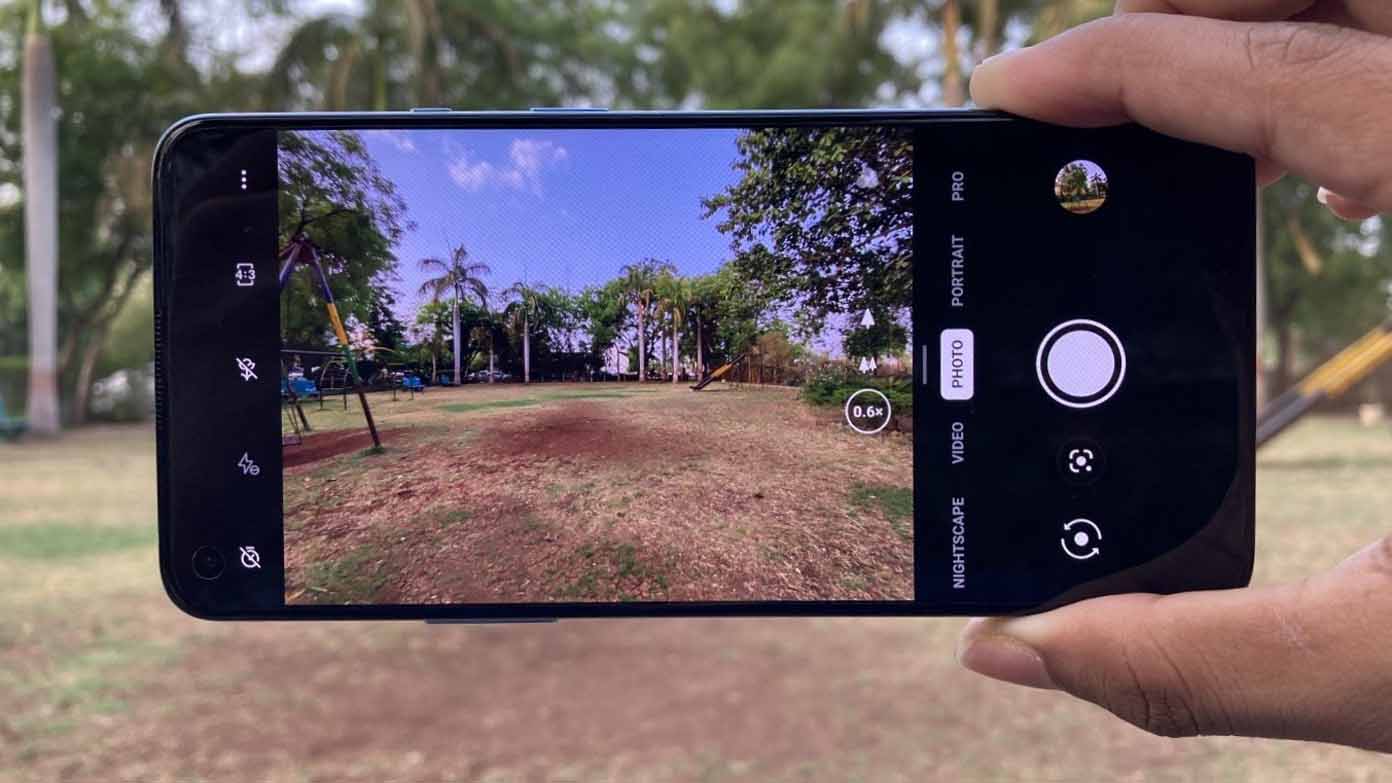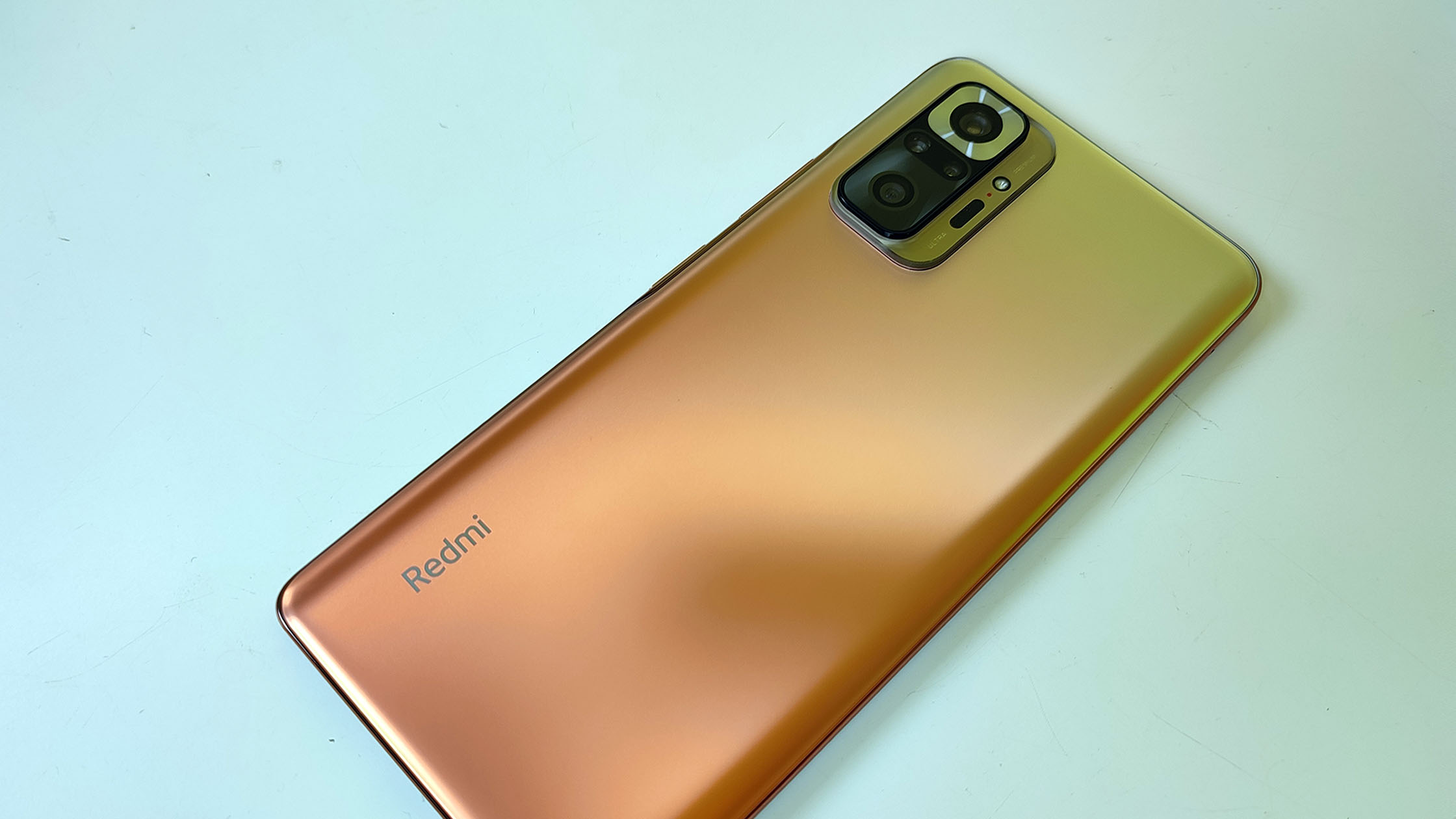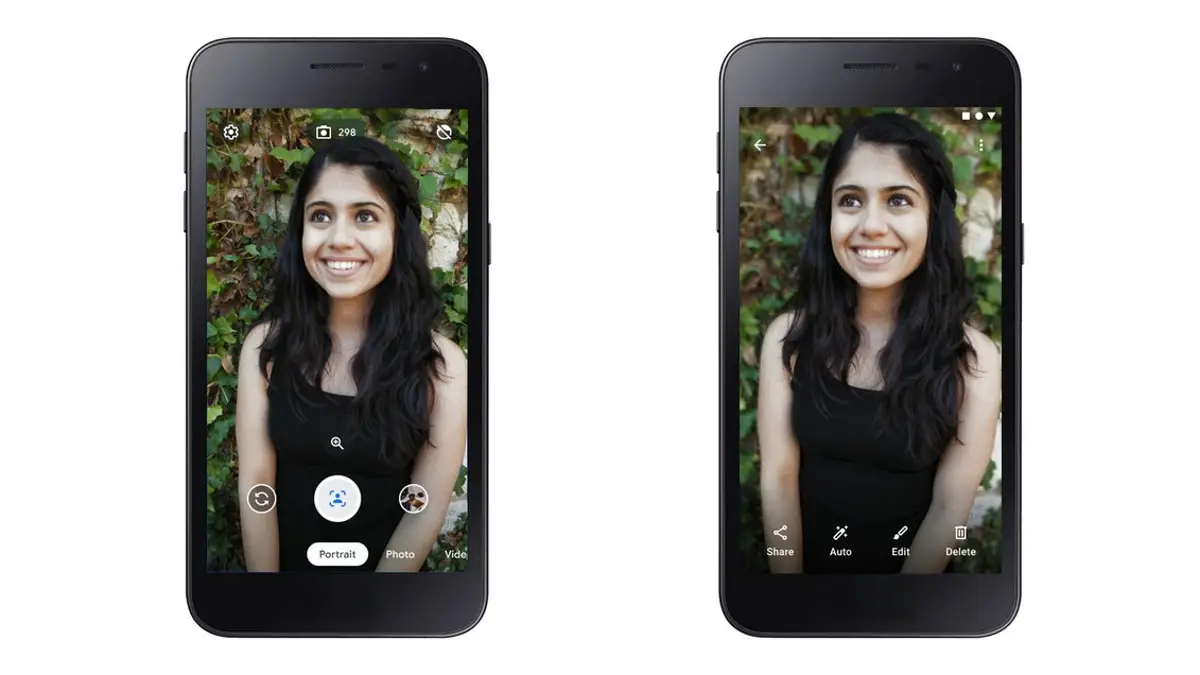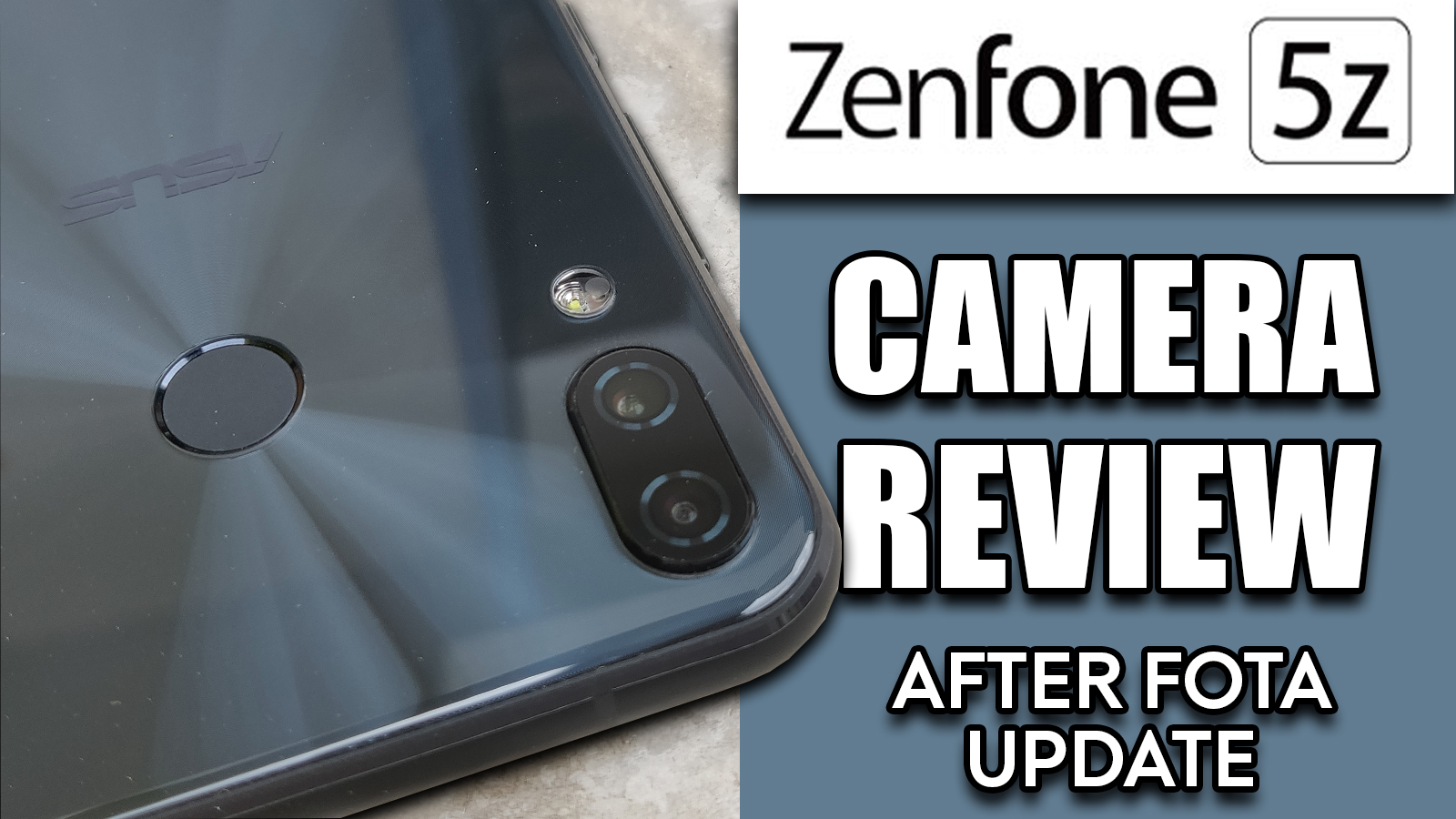Quick Answer
- It now comes with a 13 MP snapper on the back instead of the 16 MP sensor on the Redmi Note 3.
- On nice addition in the MIUI camera app is that if you swipe across the viewfinder, it will switch the camera – from front to rear or rear to front, respectively.
- The Xiaomi Redmi Note 4 comes with a 13 MP camera on the back.
Xiaomi Redmi Note 4 is the fourth in the series of Redmi Note devices from the Chinese giant. Succeeding the highly successful Redmi Note 3, the Redmi Note 4 has a tough job on its hands. It comes with most of the same specs as its predecessor, but utilizes a less powerful and more efficient SoC. It more or less resembles the Redmi Note 3 in other areas.
That being said, the camera optics of the Redmi Note 4 have changed. It now comes with a 13 MP snapper on the back instead of the 16 MP sensor on the Redmi Note 3. In this review, we try to find out how the Redmi Note 4’s new camera performs in real life.
Xiaomi Redmi Note 4 Camera Hardware
The Xiaomi Redmi Note 4 comes with a 13 MP camera on the back. It is assisted by a dual tone dual LED flash. The rear camera comes with an f/2.0 aperture and Phase Detection Autofocus, similar to what we’ve seen on the Redmi Note 3. It supports full HD (1080p) video recording at 30 frames per second. It comes with a lot of modes and filters as well.
On the front, the phone comes with a 5 MP camera with the same f/2.0 aperture.
| Model | Redmi Note 4 |
|---|---|
| Rear Camera | 13 Megapixel |
| Front Camera | 5 Megapixel |
| Sensor Type (Rear Camera) | BSI CMOS |
| Sensor Type (Front Camera) | – |
| Aperture Size (Rear Camera) | f/2.0 |
| Aperture Size (Front Camera) | f/2.0 |
| Flash Type (Rear) | Dual Tone Dual LED |
| Flash Type (Front) | – |
| Auto Focus (Rear) | Yes |
| Auto Focus (front) | No |
| Lens Type (Rear) | – |
| Lens Type (Front) | – |
| fHD Video Recording (Rear) | Yes, @ 30fps |
| fHD Video Recording (Front) | Yes, @ 30fps |
Xiaomi Redmi Note 4 Camera UI
The stock MIUI camera has always come with a lot of options and modes. This is no different on the Redmi Note 4 as well. On the left, you will find the Flash and HDR toggles. On the right, you will find the shutter, video and gallery buttons, apart from Modes and front camera toggle. This does take up a lot of space.
In landscape mode, you will find the shutter button on the right. Above it is the video recording toggle. Below the shutter button you have a shortcut to the Gallery, allowing you to view the camera roll. On the left of these buttons, you will find the Filters, Modes and Front camera buttons. On nice addition in the MIUI camera app is that if you swipe across the viewfinder, it will switch the camera – from front to rear or rear to front, respectively.
On the left side, you will find the Flash and HDR toggles when you are using the rear camera. When you switch to the front camera, these two toggles are replaced by a Beautification mode.
Xiaomi Redmi Note 4 Camera Samples
HDR Sample
Panorama Sample
Low Light Sample
Front Camera Samples
The Redmi Note 4 comes with a 5 MP front camera with an f/2.0 aperture. We tested the front camera by clicking selfies in different lighting conditions – low light, artificial light, natural light and so on. While the front camera fared the best in natural light and artificial light, the output was grainy under low light conditions. While it does okay overall, it’s not the best front camera we’ve seen.
Rear Camera Samples
The Redmi Note 4 comes with a 13 MP f/2.0 rear camera with dual tone dual LED flash and Phase Detection Autofocus. Below are some samples in Artificial light, Natural light and Low light.
Artificial Light
Redmi Note 4 comes with a new BMI CMOS sensor on the back. It is quite better compared to the Redmi Note 3. While focusing and shutter speed were good already, the photos now were much more detailed thanks to the new sensor. The bigger pixel size of 1.12um was also helpful.
Natural Light
The Redmi Note 4 performs very well in natural lighting conditions as well. Focusing and image processing speeds were impressive. Colours now look much better compared to the Redmi Note 3. Overall, we are fairly satisfied with the Redmi Note 4’s performance here.
Low Light
The phone did struggle a bit in low lighting conditions, as is evident from the samples below. The overall image quality was a little below our expectations, with a fairly good amount of noise in images. Overall, low light camera performance was average.
Camera Verdict
The Redmi Note 4 comes with a decent pair of cameras. The 13 MP rear camera fares well in most conditions, while the 5 MP front camera does decent enough in good lighting conditions. At this price point, and considering the competition, the Redmi Note 4 fares decently enough but it’s nothing exceptional. We would have liked the front camera to perform better.
Overall, the cameras on this device are good enough for casual usage.
